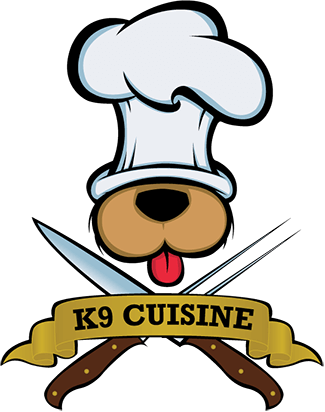New to raw?
The key points to remember with a new diet are:
1) Balance over time – one meal could have more bone content, another more meat or organ. The approximate ratio to aim for overall is...
- 80% meat, sinew, ligaments, fat
- 10% edible bone
- 5% liver
- 5% other organ meat
2) Meats are high in phosphorus, bones are high in calcium. When meat is fed with 10% bone you have the exact ratios of calcium to phosphorus required by a dog. Whole prey, fish, eggs and tripe have a balanced ratio.
3) Organ meat should not exceed 10% of the diet overall and 5% of that should be liver (beef liver has the highest nutrient levels). Feed liver once a week (or several small servings per week) and try to find an organic, free range source if possible because the liver is responsible for filtering toxins out of the body.
4) If feeding pork or salmon, be certain to freeze the meat for two weeks before feeding to reduce the small risk of parasites.
5) NEVER feed cooked bones of any type as when bones are cooked they become harder and are dangerous for the dog as they can splinter and pierce the stomach or intestines. Raw bones are soft enough to bend and digest easily. Dogs are carnivores as per their scientific category (their DNA is 99% wolf) so dogs are designed to digest raw meat and bones – they have a stomach PH level of 1 or 2 which is highly acidic – perfect for digesting raw bones. It is therefore important to remember the difference between raw and cooked bones.
6) Feel free to feed ‘weird and icky things’ such as chicken feet, beef trachea, tails, lung, kidney, testicles and pizzles (penis). Beef trachea, trim, chicken and turkey feet are loaded in natural chondroitin and glucosamine which help to build healthy joints.
7) Avoid the weight bearing leg and knuckle bones of large animals such as beef – also the vertebrae as these are too dense and dangerous to teeth. Remember! ALL bones must be fed raw – cooked bones are dangerous as they are too hard and could splinter and pierce the stomach or intestines as well as damage teeth.
8) If possible, try to find grass fed animals that are not given hormones or medications if possible. Younger animals in general will have accumulated fewer toxins to pass on to your dog. You can be creative, approach organic and free range farmers and ask to buy their off-cuts.
9) Carbohydrates, in particular grains, are not a natural part of the dog’s diet and we do not recommend they form any part of the diet. Dogs do not have the ability to digest grains properly, so instead, an extra strain is put on the liver as it has to produce more bile to break down the insoluble fibre.
